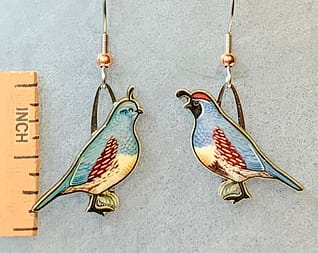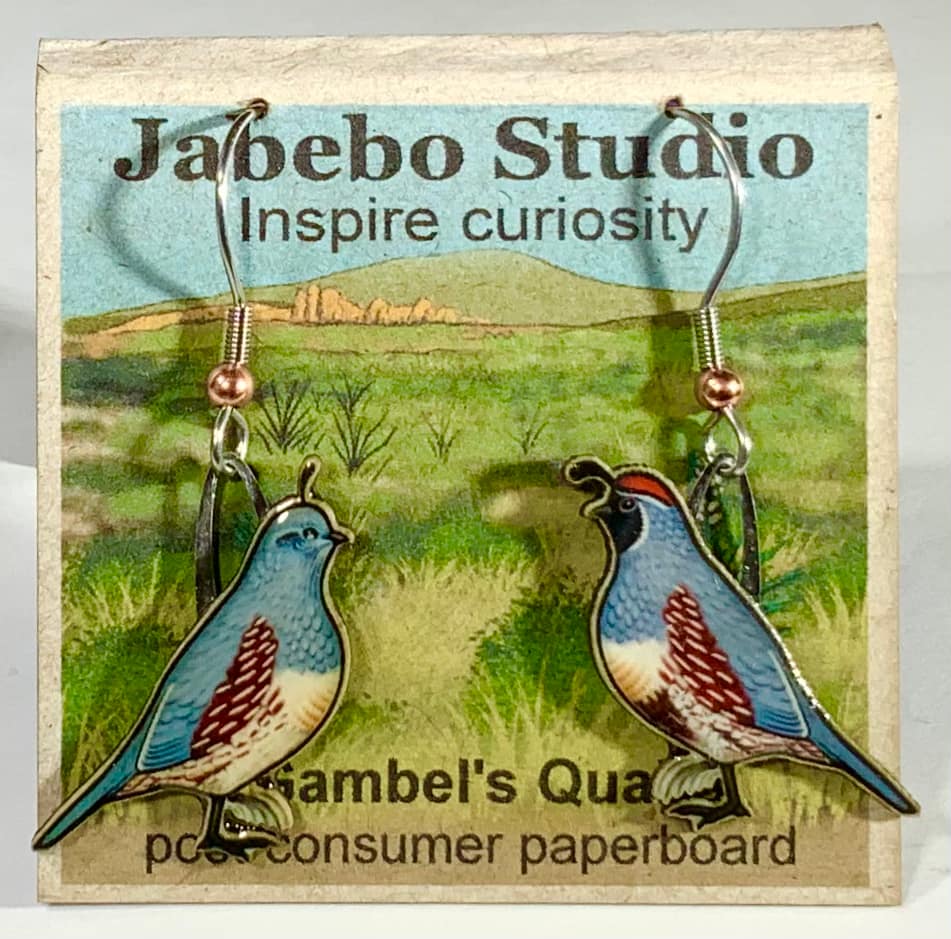
Southwest deserts with open scrubby vegetation. Most common in southern Arizona and New Mexico.


A common quail of the California coastal region and into the Northwest. They also live in the Great Salt Lake area and parts of Northern Utah. They like brush to wooded habitat including those associated with human habitat.


These birds are associated with the sky islands of southern Arizona and Mexico. They find their habitat in open forest communities, where mountains rise up out of flat desert valleys.


The only quail species native to the eastern half of the United States. They are not a woodland bird. Their distinct call may be heard where the landscape opens up as meadows, grassy fields and savannahs.


A ground bird of the Northern plains and grasslands. Their range include a number of northwestern state and province’s to the north. Along the border region they live as far east as Michigan’s upper Peninsula.


A large ground bird of the Midwest prairies threatened with the loss of these natural grasslands to crops and grazing. The males inflate orange sacs on their necks to attract females.


Adapted to forest habitat, the Ruffed Grouse happens to be the only type of grouse living in the east but found in western regions as well. Males make a unique drumming sound by beating their wings on air creating vibrations that can be felt as easily as heard.


Ubiquitous in wooded habitat interspersed with clearings. The clearings, including pastures and road shoulders, are where these guys are most likely to be seen but its is really impressive to see such a large birds lurking among the trees at close range.
